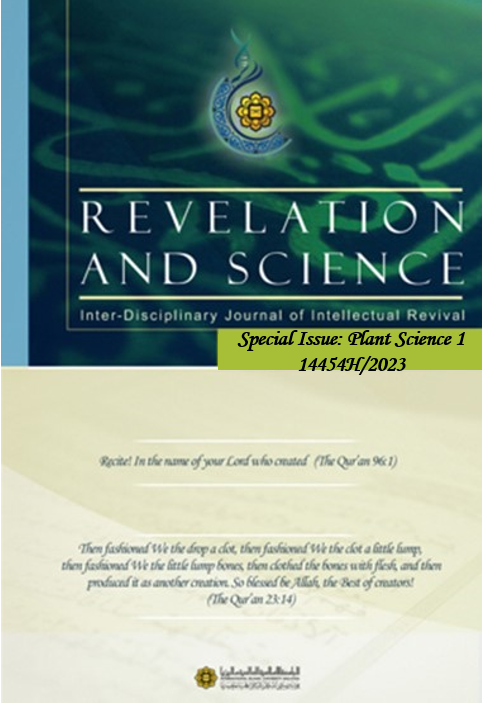IN VITRO CALLUS INDUCTION OF SACHA INCHI (PLUKENETIA VOLUBILIS), A PUFA-RICH PLANT
DOI:
https://doi.org/10.31436/revival.v1i1.373Abstract
In vitro callus induction has been established using young leaves and ovule of sacha inchi as explants. The effects of different concentrations and combinations of plant growth regulators (PGRs) on callus induction and morphology was analysed. Different treatments of 2,4-dichlorophenoxyacetic acid (2,4-D) and 6- benzylaminopurine (BAP) have influenced the callus induction under two different photoperiods, either 24 hours light or 24 hours dark conditions. The young leaves explants deemed promising in developing callus in Murashige and Skoog (MS) media supplemented with two different combinations of PGRs at different concentrations (0.1 mg L-1 2,4-D + 0.05 mg L-1 BAP; and 1.0 mg L-1 2,4-D + 0.05 mg L-1 BAP). Meanwhile ovule explant cultured on MS media supplemented with 0.1 mg L-1 2,4- D + 0.05 mg L-1 BAP and grown under both photoperiods, 24 hours light or 24 hours dark were seen optimal in inducing callus. In addition, all the other treatments also demonstrated callus induction using ovule as explant. This is the first report attempted on using ovules as explant. The reported result shows intriguing possibilities for the utilization of sacha inchi’s parts other than the seeds or leaves, as an alternative source for induction of callus culture. In future, the embryogenic callus could be developed into sacha inchi plantlets. On the other hand, the callus could also be developed into suspension cultures or batch cultures for productions of pharmaceutically important polyunsaturated fatty acids at larger scale.
Keywords: tissue culture; sacha peanut; 2,4-D, BAP, super food, omega






